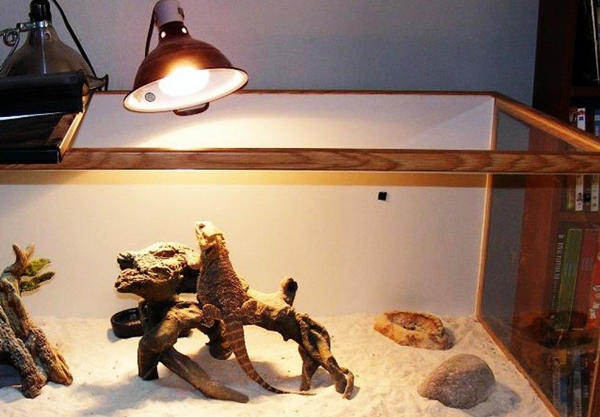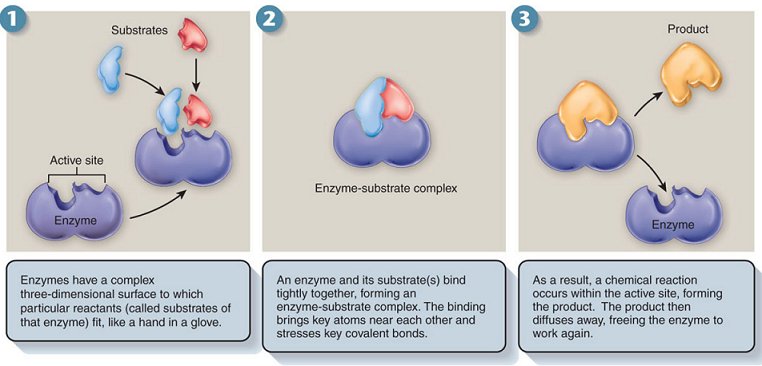The Ultimate Guide: How to Reduce Humidity in Your Bearded Dragon Tank
Introduction
Bearded dragons are one of the most popular reptile pets due to their docile nature and easy care requirements. However, they do require specific environmental conditions to thrive, including proper humidity levels. High humidity can lead to health issues for bearded dragons. In this guide, we will explore the various ways to reduce humidity in your bearded dragon tank.
Understanding Humidity in Bearded Dragon Tanks
Before we dive into how to reduce humidity, it’s important to understand what humidity means for your bearded dragon. Bearded dragons are native to dry, arid regions like Australia. Therefore, they are not adapted to high humidity levels. High humidity can lead to respiratory infections, skin infections, and other health issues.
Measure Humidity Levels
The first step to reducing humidity in your bearded dragon tank is to measure the humidity levels. You can use a hygrometer to measure humidity levels. Humidity levels should be between 30-40%. Anything above 50% can be dangerous for your bearded dragon.

Increase Ventilation
One way to reduce humidity in your bearded dragon tank is to increase ventilation. You can do this by opening windows, using fans, or adding additional vents to the terrarium. This will allow for better air circulation and prevent humidity buildup.
Use a Dehumidifier
If you live in a particularly humid area, you may need to use a dehumidifier to keep humidity levels down. Dehumidifiers work by removing excess moisture from the air. You can purchase a small dehumidifier to place near the bearded dragon tank or use a larger dehumidifier to regulate the humidity in the entire room.

Reduce Water Sources
Another way to reduce humidity in your bearded dragon tank is to reduce the amount of water sources. This includes removing any water dishes and misting less frequently. If your bearded dragon requires a water dish, choose a shallow dish and change the water daily to prevent excess moisture buildup.
Use an Absorbent Substrate
Choosing the right substrate can help reduce humidity in your bearded dragon tank. Avoid using high-moisture substrates, such as coconut fiber or moss. Instead, choose an absorbent substrate like newspaper or paper towels. Not only will this help reduce humidity, but it will also make it easier to clean the terrarium.

Adjust Heating Elements
Bearded dragons require specific temperatures to thrive, and the type of heating element you use can impact humidity levels. If you use a misting system or humidifier for heating, consider using a different heating method like a ceramic heat emitter or an under-tank heating pad. These methods will still provide the necessary heat without adding excess moisture to the air.
Conclusion
Maintaining proper humidity levels is crucial for the health of your bearded dragon. By measuring humidity levels, increasing ventilation, using a dehumidifier, reducing water sources, using an absorbent substrate, and adjusting heating elements, you can reduce humidity in your bearded dragon tank and keep your pet healthy and happy.
